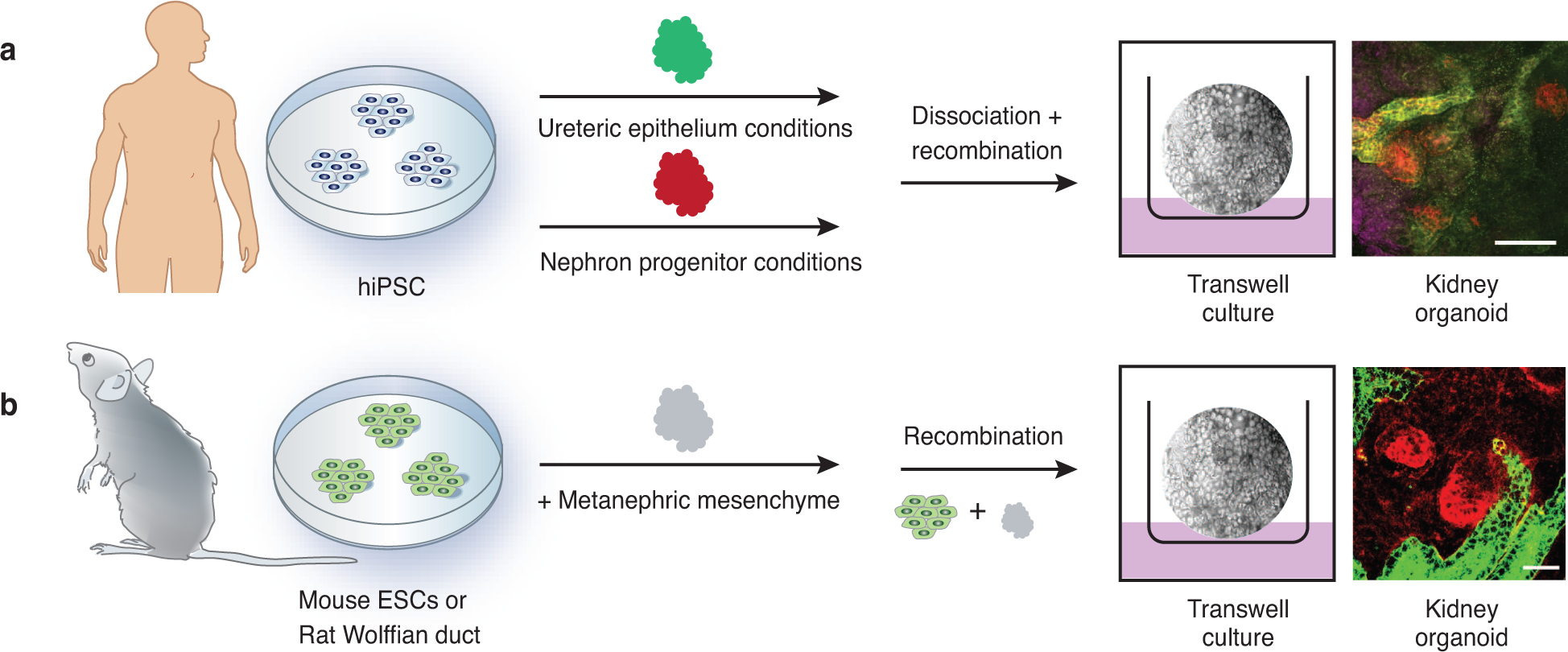Figure 3. In vitro models to study CAKUT.

Kidney organoids can be generated from pluripotent stem cells derived from rodents or humans. A. Human fibroblasts or peripheral blood cells can be reprogrammed to generate human induced pluripotent stem cells (hiPSCs) that harbor patient-specific genetic variants. These can be differentiated into nephron/mesodermal progenitors or into ureteric epithelium. Recombination of these lineages in appropriate culture conditions generates cellularly complex 3D organoids. Far right: glomeruli are stained with podocalyxin (purple), proximal tubule epithelial cells are stained with Lotus tetragonolobus lectin (red), and ureteric epithelial cells are stained with E-cadherin (green). Scale bar: 100 μm. B. Similarly, rodent embryonic stem cells (ESCs) or Wolffian duct can be recombined with metanephric mesenchyme (MM) and cultured. Resultant hybrid organoids form segmented nephrons with functional structures. Far right: MM-derived epithelial cells are stained with peanut agglutinin lectin (red) and ureteric epithelial cells are stained with Dolichos biflorus (green). Scale bar: 50 μm; image courtesy of S.K. Nigam 161–163.
